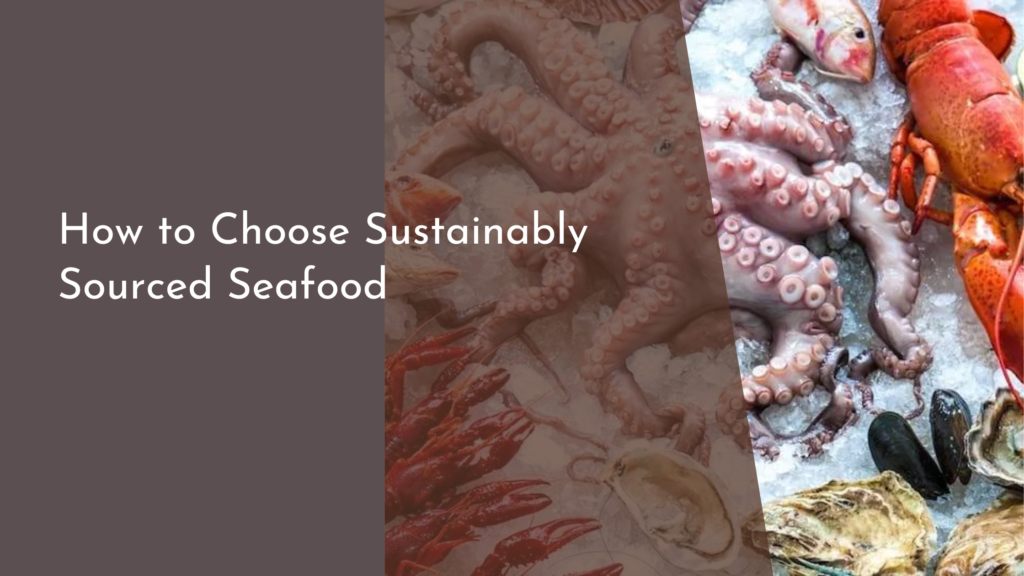Engaging Youth: Permaculture Programs for Schools
Engaging youth in environmental sustainability has become a pressing concern for educators and communities alike. One innovative approach that has gained traction in schools is the implementation of permaculture programs. By integrating principles of permaculture into education, schools can cultivate a generation of environmentally aware and socially responsible individuals. This article will delve into the myriad benefits of permaculture in education, how it fosters environmental stewardship, creative activities to make learning enjoyable, and inspiring success stories from schools that have embraced this holistic method.
Discover the Benefits of Permaculture in Education
Permaculture is an ecological design system that focuses on creating sustainable, self-sufficient agricultural ecosystems. When incorporated into school curricula, it provides students with hands-on experiences that enhance their understanding of ecological principles. By learning about permaculture, students can develop skills in critical thinking, problem-solving, and collaboration. This interactive approach not only makes learning more engaging but also empowers students to take ownership of their education and environment.
Moreover, permaculture education promotes interdisciplinary learning. It touches on science, math, art, and social studies, allowing students to see the interconnectedness of various subjects. For example, they can calculate the yield of a garden project (math), study plant biology (science), and even create art from recycled materials (art). By fostering a holistic understanding of their environment through permaculture, students become more equipped to tackle real-world challenges related to sustainability and conservation.
How Permaculture Fosters Environmental Stewardship in Youth
One of the most significant outcomes of implementing permaculture programs in schools is the development of environmental stewardship among students. Through hands-on experiences, such as planting gardens and managing ecosystems, students learn about the importance of biodiversity, soil health, and water conservation. This experiential learning fosters a deep appreciation for nature and reinforces their role as caretakers of the environment.
Additionally, permaculture teaches students about the impact of their choices on the planet. By engaging in sustainable practices, such as composting, organic gardening, and rainwater harvesting, students become more conscious of their daily habits and how they affect the Earth. This newfound awareness often translates into lifestyle changes, creating a ripple effect as they share their knowledge with family and friends, thereby fostering a culture of environmental responsibility in their communities.
Creative Activities: Making Permaculture Fun and Engaging
To keep students excited about permaculture, teachers can incorporate a variety of creative activities that make learning fun. For instance, designing a school garden can be a collaborative project where students get to plan, plant, and maintain their green space. This hands-on experience not only teaches them about plant growth and ecosystem dynamics but also allows them to express their creativity and work as a team.
Other engaging activities may include building birdhouses, creating art installations from recycled materials, or even hosting permaculture-themed events like garden fairs and cooking competitions. These projects not only reinforce the principles of permaculture but also encourage students to think critically about sustainability and their role in fostering a healthy environment. By infusing creativity into permaculture education, schools can transform the way students perceive their relationship with nature.
Building a Greener Future: School Success Stories in Action
Across the globe, numerous schools have successfully implemented permaculture programs, showcasing the potential for transformative change in student engagement and environmental stewardship. For example, a school in California transformed its vacant lot into a thriving permaculture garden, where students learned about agroecology while growing their own food. This initiative not only provided fresh produce for school meals but also inspired students to advocate for healthy eating and environmental responsibility.
Another inspiring example comes from a school in Australia, where students designed a permaculture project that included rainwater harvesting and native plant gardens. This initiative not only enhanced the school’s biodiversity but also served as a living laboratory, with students conducting experiments and research on local ecology. These success stories exemplify how permaculture programs can equip students with valuable skills while fostering a lifelong commitment to sustainability and environmental care.
Permaculture programs in schools offer a unique and effective way to engage youth in environmental stewardship and sustainable practices. By providing hands-on, creative learning experiences, schools can inspire a new generation of eco-conscious individuals who are equipped to tackle environmental challenges. As more educators embrace permaculture in their curricula, we can look forward to a greener, more sustainable future cultivated by passionate and informed young leaders.

